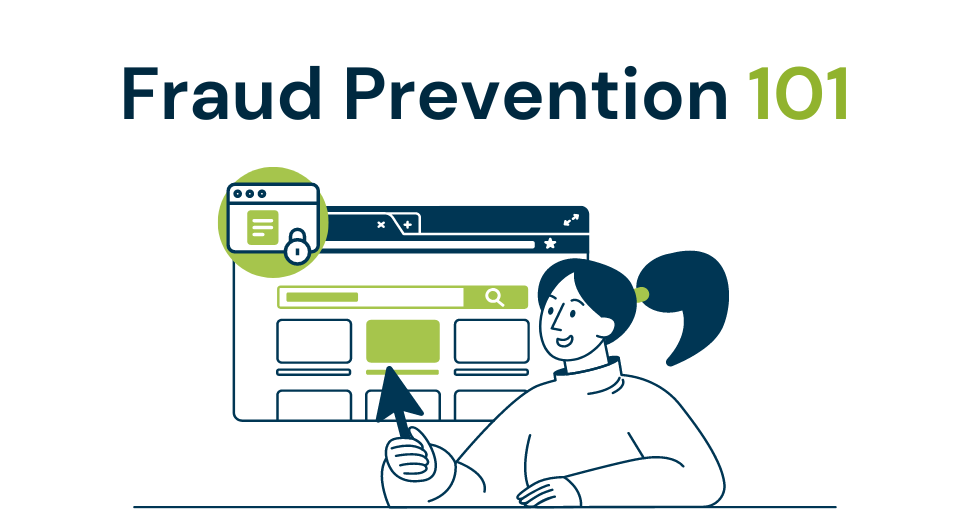Kyle Rozendo, COO at Truevo Payments puts forward nine simple ways to make sweeping changes to e-commerce website performance.
Global shopping cart abandonment on e-commerce websites is reported at anything between 60 and 70 percent. Yet simple tweaks to the purchasing process and a keen eye on usability can ensure more completed sales and, ultimately, better customer retention.
While there will always be some measure of natural abandonment because customers are just browsing, there are some easy steps that can be taken to keep customers delighted and your bottom line healthy.
1. Keep it simple
The first and most important thing to remember is that if you make things too complicated you will lose your customer.
Large global players like Amazon have the luxury of being able to rely on the vastness of their inventory. They rely on their brand and their ability to offer exceptional deals. And, as a result, can afford to have a long checkout process, secure in the knowledge that their customers are unlikely to go elsewhere. A smaller local player, meanwhile, will need to fight for each sale. They must ensure usability is built into the core of their offering.
2. Keep it transparent
Design a clearly visible process flow or breadcrumb trail on the site that shows exactly where your customer is in the process and how many steps remain to complete the process. Managing expectations minimises user frustration.
3. Don’t overcomplicate the info required
Many merchants will need to have certain information such as delivery addresses etc. That said, they don’t need a huge amount of personal information which some stores are still forcing their customers to hand over. Consumers are distrustful of this and wary of merchants using their information to market to them (at best) or sell their information to others at worst.
4. Don’t duplicate processes
Don’t make people do things twice! If you ask for an address, for instance, do it once at the beginning and that’s it. Duplications lead to frustration and customers will find their product on a competing site.
5. Keep the tech on the inside
Beware of serving up strange error messages. If there is a problem in the process, don’t kick the person out and make them start again, try to recover from the errors and allow the customer to resume their shopping where they left off.
6. Make it mobile
Don’t ignore mobile enablement on your site. According to Visa, one in four online shoppers uses their mobile phone to make purchases. Providing a slick, simple, and secure mobile experience will open up this valuable channel and expose you to a rapidly growing marketplace.
7. Keep your site up to date
Merchants are often scared of making changes and so don’t benefit from the improvements which may come with plugin upgrades. While the bigger players have teams working full time on the purchase process, refining it and making it easier, mom and pop stores are handling this by themselves. Ensure your plugins on your CMS are up to date to take advantage of improvements and new features, including security.
8. Don’t leave the up-sell too late
Do the cross-selling and upselling at the beginning of the shopping process, or at least earlier on in the process. Suddenly trying to offer a two-for-one deal at the end of the process will frustrate the customer and you could lose them.
9. Offer secure payment options
Finally, provide reassurances on privacy and payment security. Shoppers are particularly sensitive about the security of their card data and the possibility of fraud, so they need to be reassured that their payment is being processed securely. If you store, transmit or process cardholder data, you must comply with the Payment Card Industry Data Security Standard (PCI DSS). If you are not PCI compliant, or if you would like to minimise your PCI requirements, choose a Payment Gateway that can fulfil the responsibility of PCI compliance.
By applying these checkout best practices, e-commerce merchants can significantly cut down on their cart abandonment rates. It pays to review your site with a critical eye to usability and to stay up to date with new ways to make things easier and safer for your customer.



